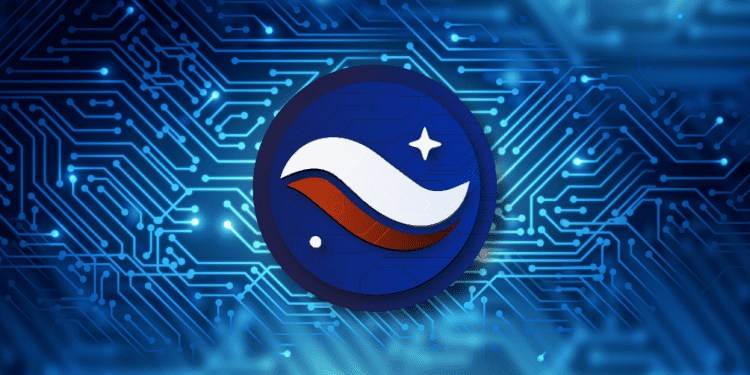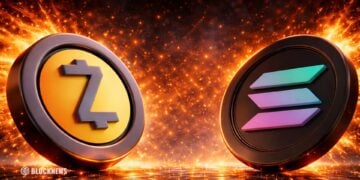- Starknet’s most anticipated upgrade, Quantum Leap, was launched a week ago.
- The upgrade has led to a significant increase in transaction speed on Ethereum.
- Starkware team plans to reduce transaction costs soon.
Quantum Leap, Starknet’s Latest Upgrade, has Transformed Transaction Speed
Starknet, a Layer 2 blockchain on Ethereum, developed by Starkware, an Israeli-based company, launched its latest upgrade last week. The upgrade, Quantum Leap, was launched on Ethereum Mainnet after its deployment on the Goerli testnet and its community approval. A week after its release, there has been exciting feedback from the community.
A Twitter user shared their positive experience with the upgrade in a tweet. The pictograph showed that transaction finality time used to be 429 seconds, but it decreased to 27 seconds after the Quantum Leap was released.
“The numbers speak for themselves. They’re an invitation for every dev, wherever they are, to put the network to the test,” Uri Kolodny, the Co-founder of Starknet, expressed his confidence in the latest upgrade.
The upgrade aimed to increase the number of transactions per second (TPS) and reduce the confirmation times on the blockchain.
While the Starkware team mentioned that the TPS from the upgrade would reach triple digits, the TPS peaked at 90 during testing but is consistent at 37.
The Co-Founder of Starkware explained the previous position in a press release,
“We said this upgrade would deliver potential TPS of hundreds within Q3 and only hoped from the stress test to check we’re on target. A few dozen TPS at this early point would have left us excited – but we got more than we bargained for,” Uri Kolodny stated.
Starknet: Becoming Ethereum’s scalability solution
One week after the launch of Quantum Leap, users are enthusiastic about the decrease in transaction finality time, while crypto enthusiasts and critics monitor the progress of the upgrade.
Although Starknet’s latest upgrade seems to be satisfying progress for its users, when the Layer 2 chain is placed on the same scale as other chains on Ethereum, its performance is quite slow.
The daily transactions on the permissionless network are lower than other layer 2 chains like Arbitrum, Zksync, and others.
Starknet launched its mainnet, intending to become Ethereum’s scalability solution by providing fast, secure, and affordable transaction fees.
Twenty months after it launched, Starknet’s major goals seem far from being achieved.
According to L2Fees, the transaction cost on Starknet Mainnet is $0.38 but compared to Loopring’s transaction cost of $0.05 or Optimism’s $0.006, Starknet transaction fees are higher.
Starknet’s plans for the future.
Although Starknet’s latest upgrade has solved common problems for its users, the Starkware team shares their plan to achieve their goal as Ethereum’s scalability solution.
Starknet’s next plan involves reducing transaction costs on Ethereum, using Volition, a new Starkware product.
Web3 developers are attracted to chains with high transaction speed, low transaction cost, security, and scalability. The launch of Quantum Leap will hopefully attract developers, eventually increasing the blockchain’s total value locked (TVL).














